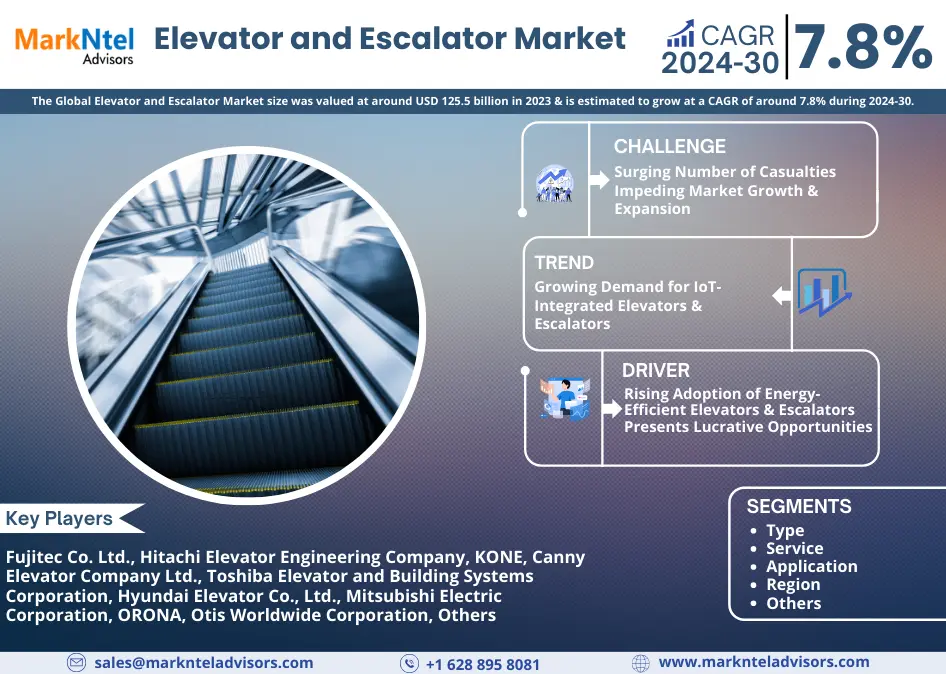LED Lighting: The Bright Future of Sustainable Illumination

Lighting plays a crucial role in our daily lives, providing the necessary illumination to work, study, and relax. However, the type of lighting we choose can make a significant impact not just on the ambiance but also on our energy consumption. Among the different lighting options available today, LED (Light Emitting Diode) lighting has quickly emerged as one of the most popular and sustainable choices. Known for its efficiency and longevity, LED lighting is revolutionizing the way we light our homes and businesses.
Expert Research: Insights into the LED Lighting Industry
At Expert Market Research, we focus on providing valuable insights into the latest trends in LED lighting and other sustainable technologies. Our team of experts analyzes factors such as the growth of energy-efficient lighting solutions, technological innovations in LED design, and consumer preferences in various regions. With in-depth market analysis, we help businesses make informed decisions about adopting LED lighting and other energy-efficient solutions, contributing to both cost savings and sustainability.
Why LED Lighting is a Game Changer
LED lighting offers numerous advantages over traditional incandescent or fluorescent lighting. The most significant benefit is its energy efficiency. LEDs use up to 85% less energy than traditional light bulbs, which translates to reduced electricity bills and a smaller carbon footprint. This makes them an ideal choice for anyone looking to reduce their environmental impact while still enjoying high-quality illumination.
In addition to energy efficiency, LEDs also last longer than traditional bulbs. While an incandescent bulb might last for around 1,000 hours, an LED can shine brightly for more than 25,000 hours, or even longer depending on usage. This longevity not only saves you money on replacements but also reduces waste, making LEDs a more eco-friendly option.
The Brightness and Quality of LED Lighting
Another major advantage of LED lighting is the quality of light it provides. Unlike fluorescent lights that can flicker or produce harsh, cold light, LEDs offer a consistent, flicker-free illumination that’s easy on the eyes. Furthermore, LEDs are available in a variety of color temperatures, from warm yellow tones that mimic traditional incandescent bulbs to cooler, daylight-like brightness. This versatility makes them suitable for any environment, whether it’s a cozy living room or a bright office space.
LEDs also offer instant illumination, meaning they reach full brightness the moment they are turned on, without any warm-up time. This is especially beneficial in spaces where immediate lighting is necessary, such as in kitchens, garages, or outdoor areas.
United States LED Lighting: A Growing Trend
In the United States, LED lighting has gained significant traction in both residential and commercial sectors due to rising energy costs and environmental concerns. With local and federal incentives, such as tax rebates, more people are adopting energy-efficient lighting solutions. Many cities are replacing traditional street lights with LEDs to save energy and enhance public safety with brighter illumination. In homes, LEDs are increasingly used in recessed lighting, under-cabinet installations, and smart systems that can be controlled remotely to suit specific needs.
The Environmental Impact of LED Lighting
One of the greatest benefits of LED lighting is its minimal environmental impact. Unlike incandescent and fluorescent bulbs, which consume large amounts of energy and contribute to greenhouse gas emissions, LEDs use significantly less power and last longer, reducing waste and the need for frequent replacements. Many LED bulbs are also mercury-free, making them safer for both the environment and consumers compared to CFLs. Additionally, LEDs are ideal for smart homes, integrating seamlessly into systems controlled by smartphone apps or voice commands. Homeowners can easily adjust lighting to match their moods, set timers, and even change colors for the perfect ambiance.
Cost Considerations: Saving Money in the Long Run
While LED lighting may have a higher upfront cost compared to traditional bulbs, the investment pays off in the long run. Thanks to their energy efficiency and long lifespan, LEDs significantly reduce electricity bills and the frequency of bulb replacements. Over time, the savings on energy and maintenance can make up for the initial higher price.
Furthermore, many local utilities offer rebates and incentives for switching to energy-efficient lighting, which can help reduce the upfront cost of LED lights. In addition, as technology continues to evolve and more manufacturers enter the market, the cost of LED bulbs has been steadily decreasing, making them more affordable than ever before.










